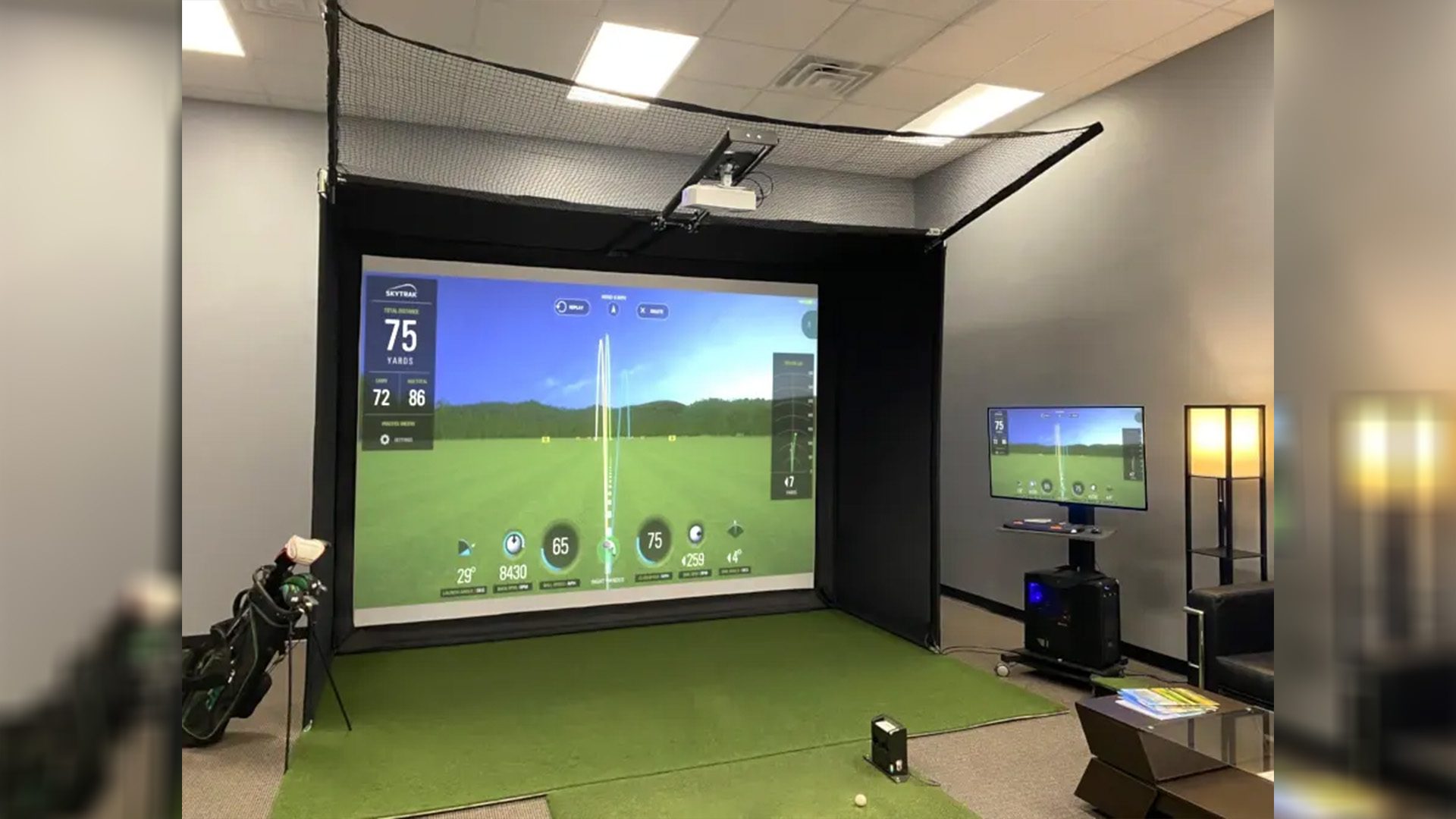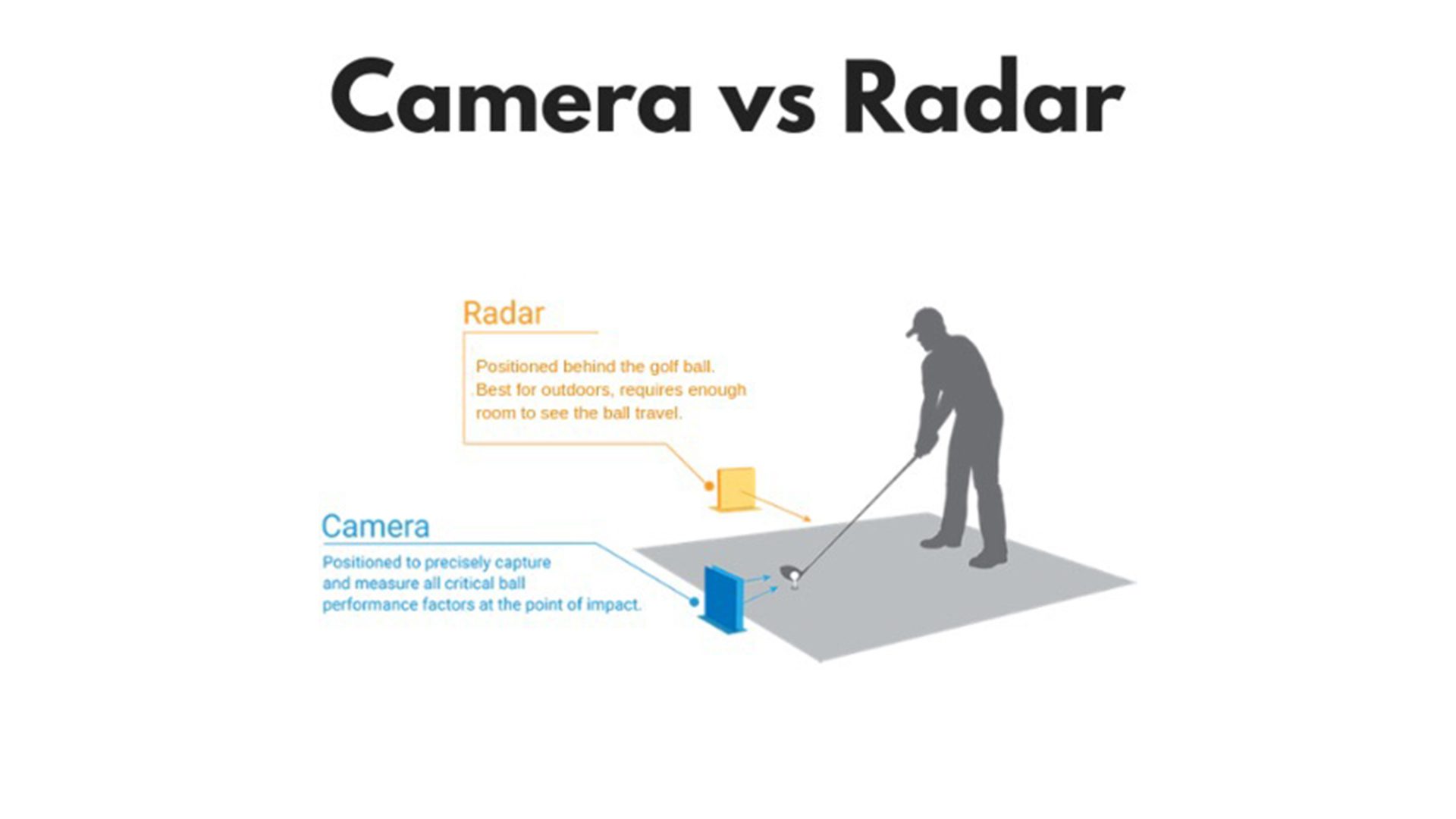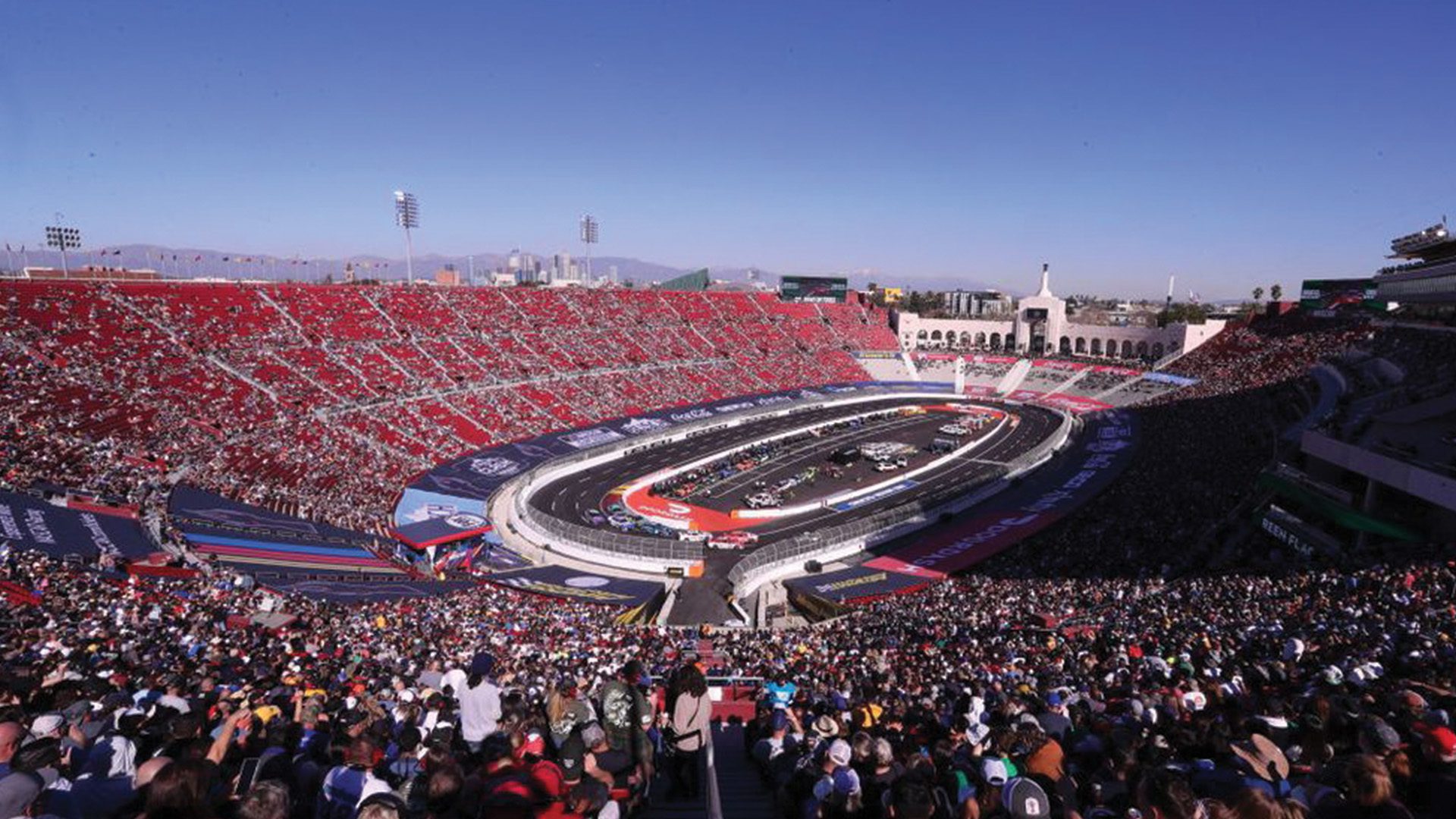With the Masters Tournament taking place and the weather warming up, many golfers are ready to get the golf season started. Other golfers, however, have been practicing their swing all winter thanks to the innovation of golf simulators. How do these golf simulators work?

What are Golf Simulators?
Golf simulators first appeared in the 1970s, but have since risen in popularity and improved tremendously in terms of technology and accuracy. They enable players to practice golf indoors in a virtually simulated environment designed to mimic the real game. Golf simulators can also analyze a player’s swing and can provide practice with different kinds of shots, terrains, and conditions.
Whether it’s a player’s first time swinging a golf club or a professional golfer preparing for the Masters Tournament, golf simulators are used to improve skill, accuracy, power, and more.
Golf Simulator Technology
The technology behind golf simulators varies for each brand and type, but all simulators consist of a combination of hardware and software.
Firstly, input device hardware, such as radars, cameras, and optical sensors, takes the details of the shot and swing. Other commonly used hardware is hitting mats, sensor mats, projectors, nets, and impact screens.
As soon as the golf ball takes off from the impact zone, the simulation software and tracking system process the details of the shot and analyze its data. Parameters from the launch monitor include ball speed, club speed, clubface angle, spin, and vertical and horizontal launch angle.
Golf simulators can gather this data through photometric technology, radar technology, or a combination of the two. Photometric technology uses a camera system to take numerous high-speed images to interpret the spin, speed, and angle of a shot. Some golf simulators are equipped with five photometric cameras to offer enhanced imagery of the strike zone. Radar technology, on the other hand, uses microwaves to track ball movement through the Doppler effect. Radar-based launch monitors sit behind the golfer in order to get a full view of the golf simulator area and the ball flight.

Lastly, the software analyzes where the ball should land and delivers easy-to-understand numbers and visuals as its output. The software can project how the shot would look on a virtual driving range or golf course, offer training and games, and give tips on how to fix the swing.







